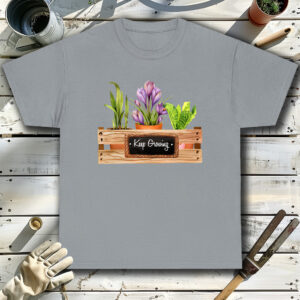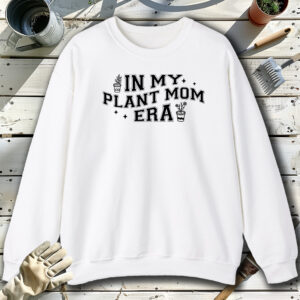Table of contents
Rubber plant

Latin Name: Ficus elastica ‘Burgandy’
Category: Ficus
Family: Moraceae
Origin: Cultivar
Climate: Tropical
Growing Zones: 11-10
Care Instructions
The Rubber plant (Ficus elastica ‘Burgandy’) is a tropical plant that originates from Cultivar. This ficus plant belongs to the Moraceae family and is well-suited for growing in USDA zones 11-10.
Complete Care Guide for Rubber Plant (Ficus elastica ‘Burgandy’)
Watering Requirements
The Rubber Plant, particularly the ‘Burgandy’ variety, thrives with a balanced watering routine. It is essential to allow the top inch of soil to dry out between waterings. Overwatering can lead to root rot, a common issue with this plant. During the growing season (spring and summer), water the plant more frequently, approximately every 1-2 weeks, depending on humidity and temperature. In the fall and winter, reduce watering to once every 2-3 weeks as the plant enters a dormant phase. Always check the soil moisture before watering, and ensure that the pot has drainage holes to prevent water from accumulating at the bottom.
Light Conditions
Rubber Plants prefer bright, indirect light but can adapt to lower light conditions. However, insufficient light can lead to leggy growth and a loss of vibrant leaf color. Ideally, place your Rubber Plant near a window that receives filtered sunlight. If you notice the leaves starting to drop or lose their luster, it may be a sign that the plant is not receiving enough light. Conversely, direct sunlight can scorch the leaves, so it’s crucial to find a balance. If you’re growing your Rubber Plant indoors, rotating it occasionally can help ensure even growth and exposure to light.
Soil Preferences
The ideal soil for a Rubber Plant is a well-draining potting mix that retains some moisture without becoming soggy. A blend of potting soil, perlite, and peat moss works well to provide the necessary drainage and aeration. It’s important to repot your Rubber Plant every couple of years to refresh the soil and provide more space for growth. When fertilizing, use a balanced liquid fertilizer every 4-6 weeks during the growing season to promote healthy growth. In the fall and winter, reduce or eliminate fertilization as the plant’s growth slows down.
Pests and Diseases
Common pests that may affect your Rubber Plant include spider mites, mealybugs, and scale insects. Regularly inspect the leaves for any signs of infestation, such as webbing or sticky residue. If you notice pests, treat them promptly with insecticidal soap or neem oil. Additionally, Rubber Plants can be susceptible to fungal diseases, particularly if overwatered. Ensure good air circulation around the plant and avoid getting water on the leaves to minimize the risk of fungal infections. If you see yellowing leaves or black spots, it may indicate a disease, and you should adjust your care routine accordingly.
Special Care Tips
To keep your Rubber Plant healthy and thriving, consider the following special care tips: First, wipe the leaves with a damp cloth regularly to remove dust and allow the plant to breathe better. This also enhances photosynthesis and keeps the leaves shiny. Additionally, Rubber Plants can benefit from occasional pruning to maintain their shape and encourage bushier growth. If you notice any leggy growth, trim back the stems to promote a fuller appearance. Lastly, be mindful of temperature; Rubber Plants prefer temperatures between 60°F and 75°F (15°C to 24°C) and should be protected from drafts and sudden temperature changes. With these care tips, your Rubber Plant will flourish and add a touch of elegance to your indoor space.








